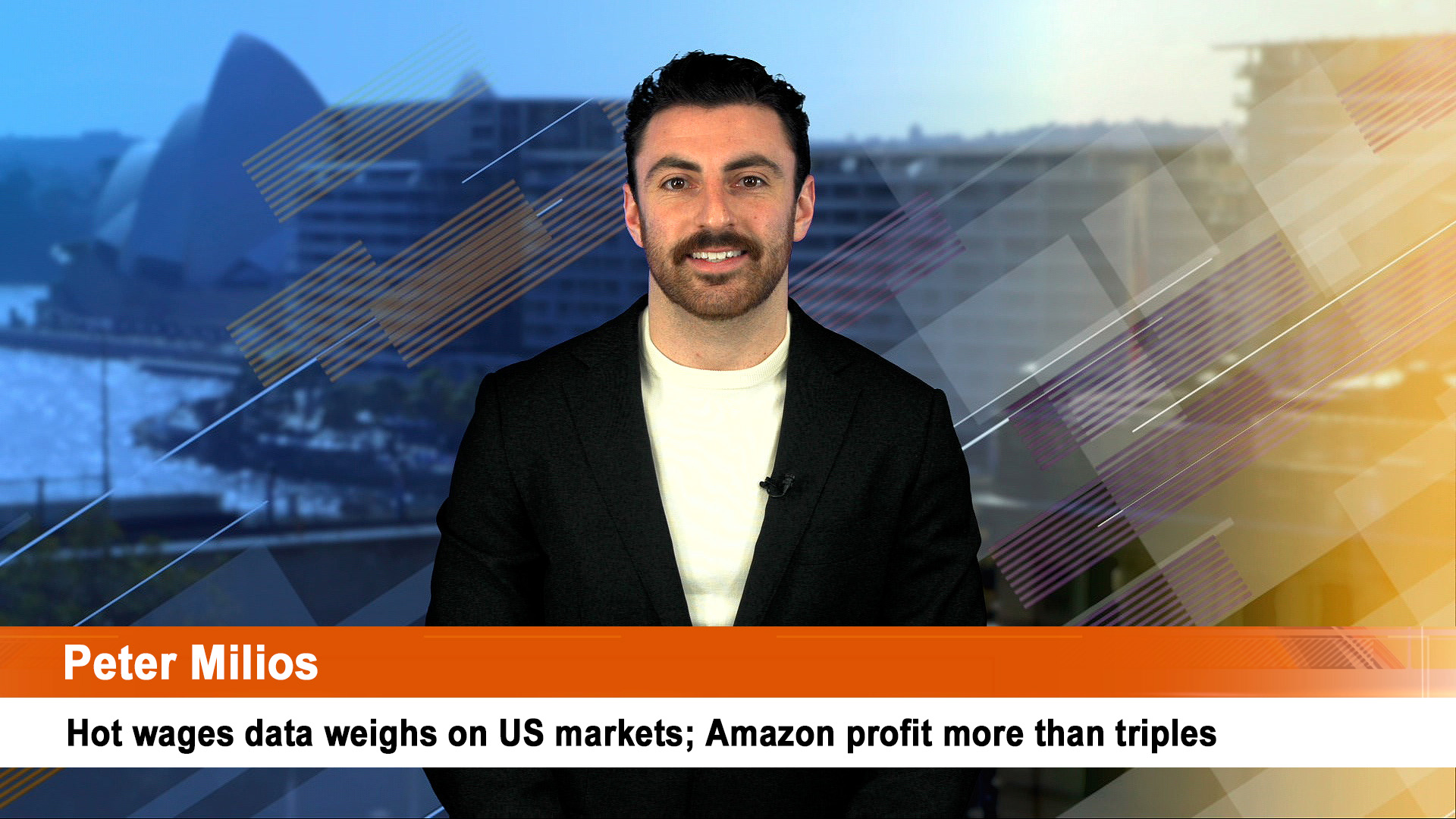January saw the bears win a knock’em down battle with the few remaining bulls in a surprise crunch to the first month of the new year.
That was until the final two trading sessions of the month when Ursine Major and his mates retreated to their caves, allowing the bulls to gambol once again and sunlight – and big rises in share prices sent us into February in better heart and smaller losses than a week ago.
In the Asian calendar, Monday ended the year of the Ox which dominated the closing two sessions of the year. Today, Tuesday, marks the start of the year of The Tiger which is supposed to portray bravery, strength and courage, which will come in handy if January’s losses are to be regained as interest rates rise.
Green ruled the day on Monday as Stocks bounced for a second day in a row on Monday, ending a rough, red January as investors reversed their previous scepticism and moved back into favoured tech stocks in a big way.
Fears about the Fed’s new interest rate hawkishness continued to ease, as did worries about Russia and the Ukraine, while the damage being done by omicron to economic and business activity continues but without the headline grabbing pressures of the delta variant.
The tech rebound started late in Friday’s session and continued on Monday and softened the size of the losses, in particular for the Nasdaq where the two-day bounce averted the worst January ever being recorded.
The tech-dominated Nasdaq rose 3.48% to 14,239.88 on Monday, adding to its 3% comeback last Friday.
That left the index still down 8.9% for January, which was its worst month since March 2020 – but not as bad as the 15% slide last week looked.
The S&P 500 rose 1.8% on Monday to 4,515.45, cutting its loss for the month to 5.2%. That’s still its worst month since the 12.5% loss in March 2020, and its worst January since 2009.
Other markets were poor – the ASX in Australia shed more than 6%, European markets 3.8% (though the London market rose 1%). The Nikkei in Japan lost 6.2%, but the Hang Seng in Hong Kong ended up 1.7%, despite falls in Shanghai of 7% and in the CSI 300 index of 7.2%.
Apple shares continued their rebound to trim the year’s loss to 1.57% – a far stronger performance than the rest of the market – at one stage it was off nearly 10% 10 days ago.
In fact Apple shares have bounced nearly 10% from January 27 when they revealed far stronger December quarter figures than the market has expected.
Tesla shares jumped more than 10% but are still off 11% for the month and Netflix shares surged 11.5% on Monday in the wake of canny share buying by Co-CEO Ted Sarandos and hedge fund manager, Bill Ackman last week.
The Dow added 405 points, or 1.1%, to reach 35,131.46. That helped it cut its loss for the month to 3.3%, as it benefitted from its underweighting in tech shares and the presence of oil major Chevron and old line industrial (value) stocks like Amex and Johnson and Johnson.
But that couldn’t stop markets from seeing a negative month – though for energy stocks it was a different story with sold gains for some majors.
These gains followed another big month for oil and gas prices – Brent and US crude climbed more than 17% and US gas futures closed up more than 30% for the month on Monday.
Exxon shares rose 24% in the month, Chevron shares rose 12%, Shell shares were up 16%, and in Australia, Woodside shares were up more than 14% and Santos shares more than 13%.
Energy prices seem to have disconnected from market supply and demand and are trading in reaction to fears about supply from troubled Libya, production problems in other producers and the continuing tensions over the Russia and Ukraine stand-off.
Russia, being a major oil producer and gas supplier, especially to Europe, is helping keep energy prices higher by being a part of the OPEC+ group that has capped global production.
Thermal coal prices ended January above $US220 a tonne for some types of Australian heating coal, up from $US156 a tonne at the start of January and close to the highs of $US230 a tonne last October when China was rationing power supplies because of a coal shortage.
The rebound in prices was thanks to renewed buying by European, Japanese, Indian, Korean and Chinese buyers after the confusion of Indonesia’s export ban for the month and the European gas crisis and Russian moves on Ukraine.
Iron ore ended the month all but steady around $US147 a tonne up more than 11% from ending December just over $US120 a tonne.
Gold fell 1.73% for the month to end at $US1,795 after a small gain on the day. Comex silver also rose on the day but ended the month off 3.7% after ending at $US22.395 an ounce and Comex copper fell 2.75% for the month, settling at $US4.3180 a pound.
And Australia’s new market mover, BHP lost 1.2% on Monday but still gained 11.6% for the month as the reunification of its market listing skewed trading on the ASX in the final days of January. BHP’s 10% weighting is now going to be a major headache for many investors as they try to get outperformance.













